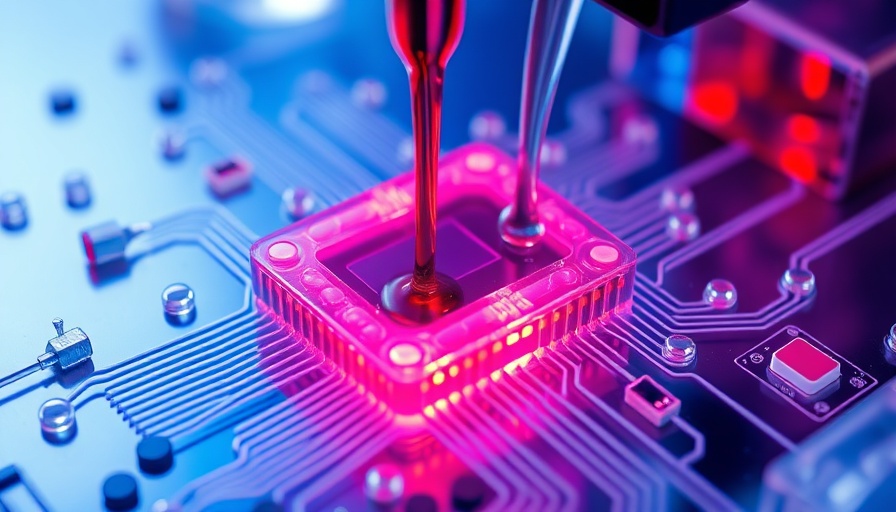
Revolutionizing Cancer Research: The Role of Microfluidic Technology
In an era where personalized medicine is at the forefront of healthcare innovation, microfluidic chip technology emerges as a crucial player in understanding cancer cell behavior. Recent advancements in this field have paved the way for groundbreaking research, particularly in studying the interactions between cancer cells and blood vessels, which can significantly influence treatment outcomes.
Understanding the Microfluidic Chip Technology
The spheroid-endothelium interaction (ODSEI) chip, developed by researchers at the Ulsan National Institute of Science and Technology, exemplifies this progress. This microfluidic device closely replicates the conditions of the human body, allowing for real-time analysis of cancer cell interactions with vascular cells. By cultivating over 1,000 tumor spheroids alongside vascular cells, researchers can track the nuances of cellular interactions, which are pivotal in the understanding of cancer metastasis and the development of drug resistance.
The Importance of Tumor-Vascular Interactions
Cancer cells exhibit a voracious appetite for nutrients and oxygen to sustain their rapid growth. They manipulate nearby vascular cells to secure these vital supplies, making the study of these interactions crucial. The ODSEI chip provides insights into how cancer cells might acquire resistance to treatments, such as tamoxifen—a common therapy for breast cancer. By utilizing single-cell RNA sequencing and protein analysis, the research team was able to identify key biomarkers like IL-8 and TIMP-1 that may improve drug delivery, enhancing treatment efficacy.
Potential Implications for Clinical Practice
For healthcare practitioners, especially those in concierge medicine, staying abreast of such advancements is essential. The findings from the ODSEI chip may inform new strategies for patient care and drug development, facilitating more effective and personalized treatment plans. With the capability to retrieve specific spheroids for further analysis, this technology enables a deeper understanding of individual patient responses to therapies.
Navigating the Future of Cancer Treatment
The implications of this research extend beyond mere interaction analysis. Future developments in microfluidic technology may pave the way for more groundbreaking discoveries in cancer treatment and prevention. As the understanding of tumor biology evolves, so too will the approaches to treatment, potentially leading to higher survival rates and improved quality of life for patients.
Actionable Insights for Practitioners
As a healthcare practitioner, being informed about innovations like the ODSEI chip serves a dual purpose: it not only enhances your knowledge but also directly benefits your patients. Here are a few steps to consider:
- Engage in continuous education about advancements in microfluidic technology.
- Develop collaborations with research institutions to stay ahead of novel treatment protocols.
- Utilize insights gained from ongoing studies to influence patient treatment plans, particularly in cancer care.
Final Thoughts: The Future is Now
In summary, the advent of microfluidic chips represents a revolutionary step in cancer research, offering unprecedented opportunities to understand and combat cancer more effectively. For health practitioners, embracing these advancements translates into better patient outcomes and a significant shift towards personalized medical approaches. As we look to the future, the continuous integration of technology within clinical settings will ultimately drive the next wave of healthcare innovations.
 Add Row
Add Row  Add
Add 






Write A Comment